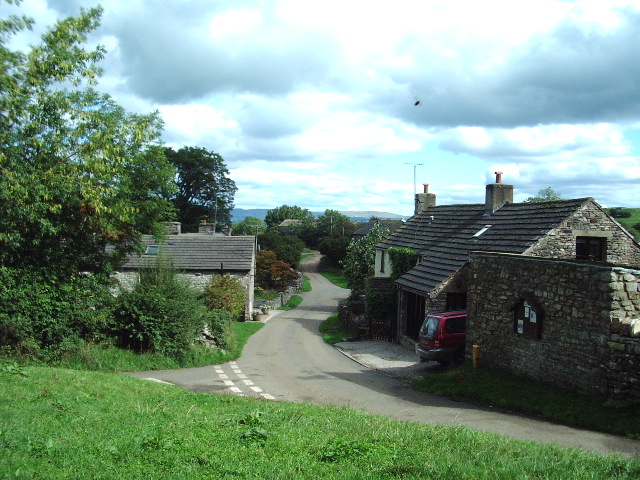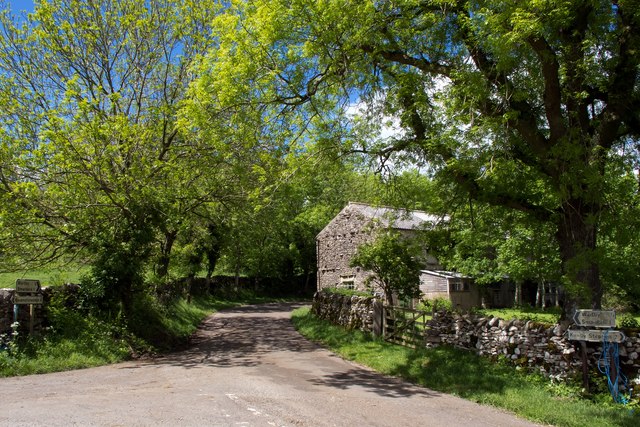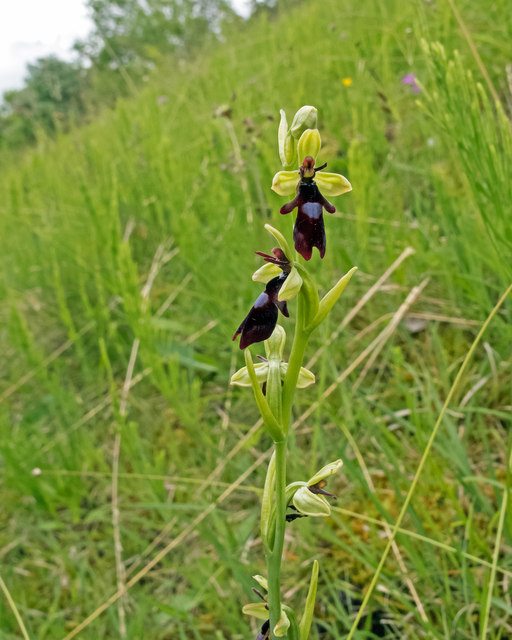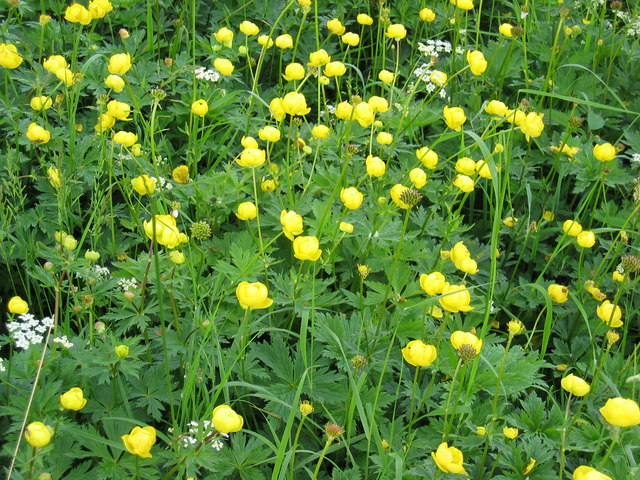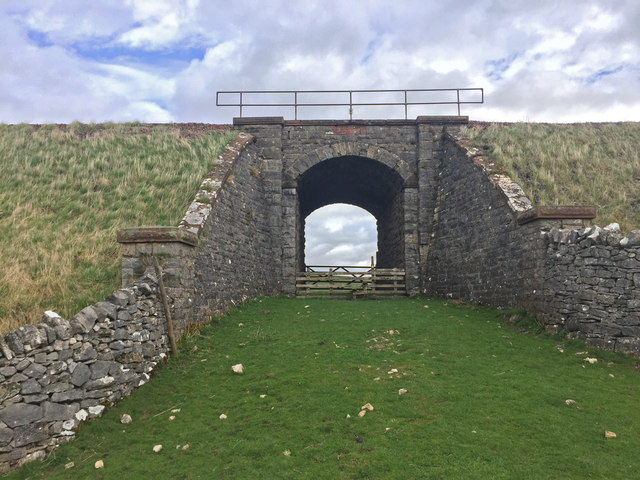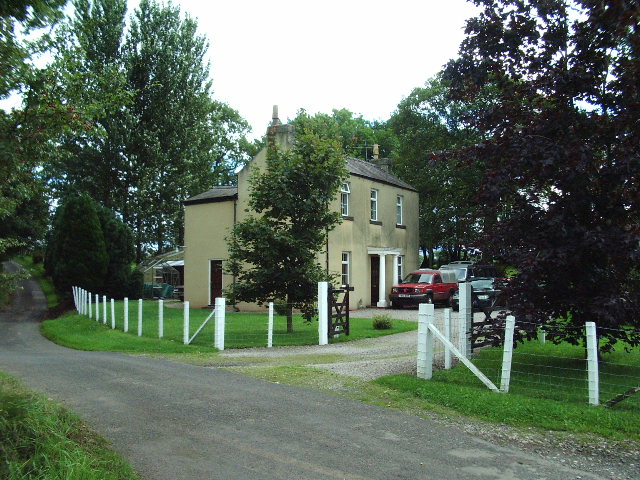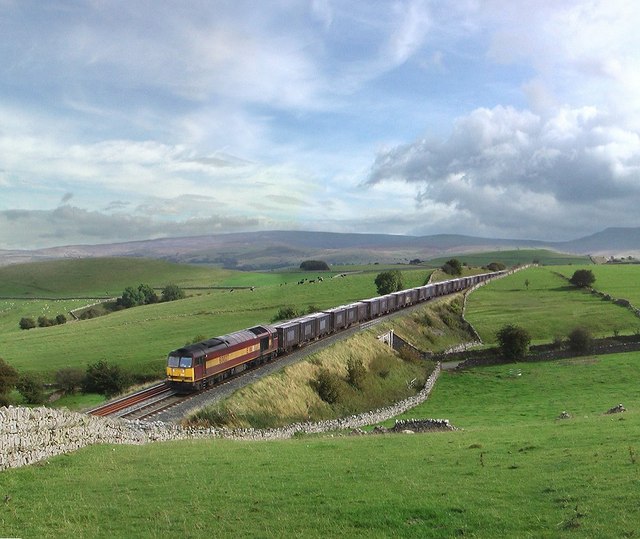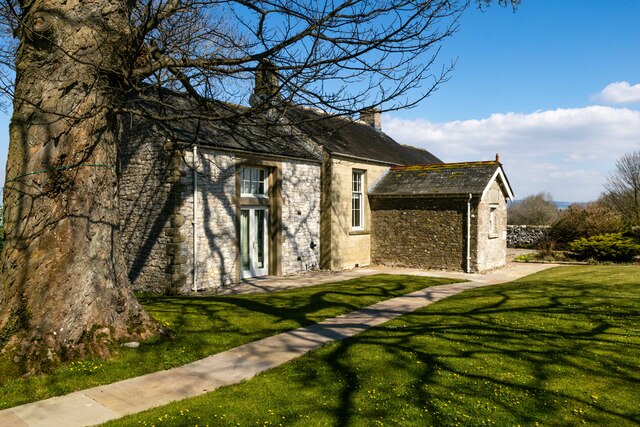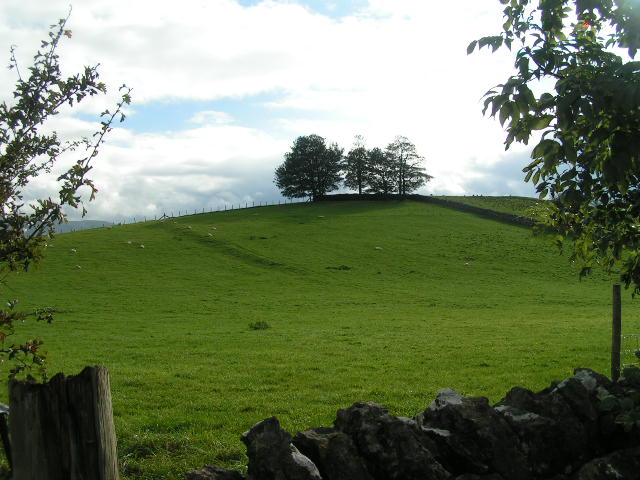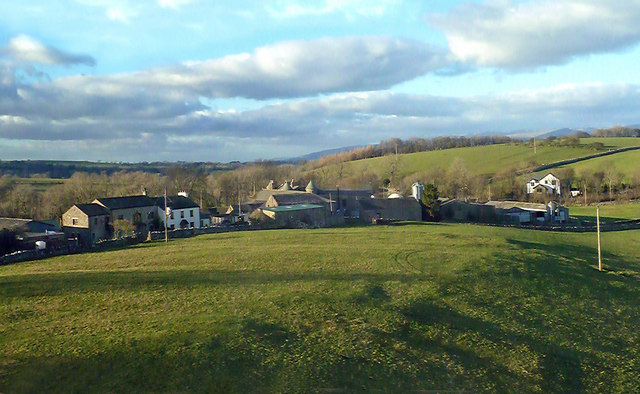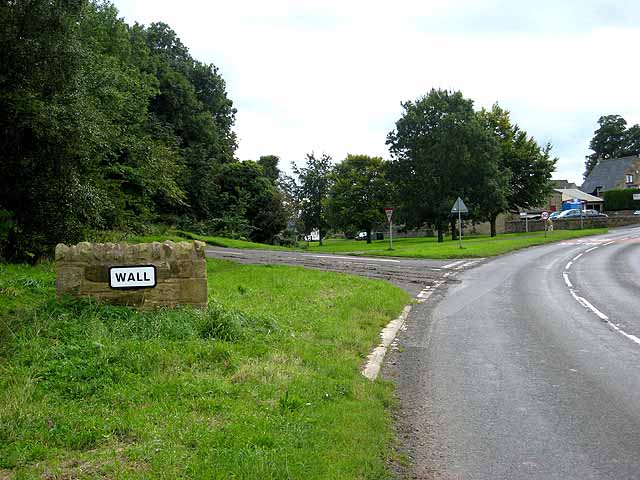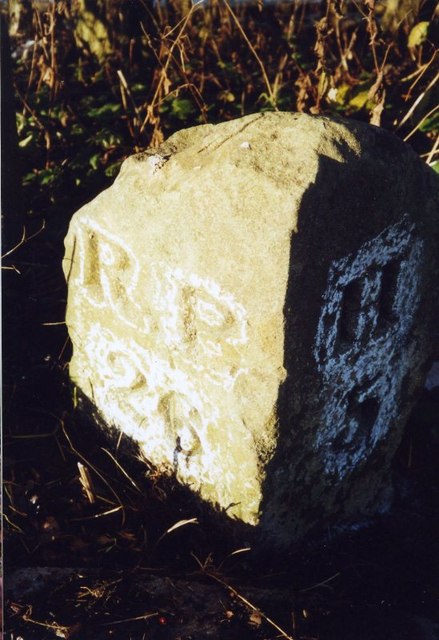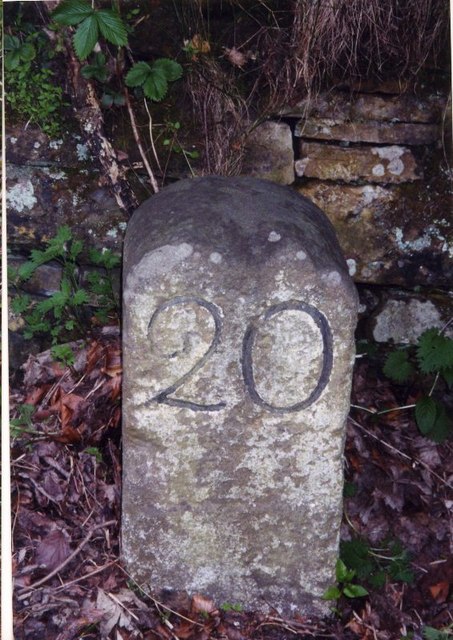Waitby
Waitby is a small village and civil parish in the Eden district of Cumbria, England. The parish contains two small villages, Waitby and Smardale, plus the small hamlets of Riddlesay, Stripes and Leases, all of which are in the farmed and enclosured northern part at an elevation of around 200–300m. The southern half of the parish is mostly heath and unused for agriculture, it rises to Smardale fell; which it includes, at elevations between 300 and 400m. The civil parish of Ravenstonedale forms the boundary to the south. The western border with Crosby Garrett civil parish is formed by Scandal Beck. To the north and east lie Soulby and Kirkby Stephen civil parishes respectively. The population of the civil parish as measured at the 2011 Census was less than 100. Details are included in the parish of Crosby Garrett.
Waitby Beck rises from springs to the north east of the Waitby, joining Sandwith Sike which flows into the River Eden. Other minor becks include Hazel Gill and Choup Gill both of which join Scandal Beck.
The Settle and Carlisle Railway passes through the parish, as did the South Durham and Lancashire Union Railway; both cross Scandal Beck by Smardale Viaduct and Smardalegill Viaducts respectively.
Etymology
Waitby (originally Watebi c.1170) means "wet farmstead" from the Old Norse vátr (wet) + by (farm. cf "byre") The village may have also been known as Wadeby or Waldeby; the alternative etymology "Waldeve's dwelling" has also been proposed.
Other features
Waitby Greenriggs nature reserve lies east of Waitby outside the parish boundary halfway to Kirkby Stephen at the former junction between the South Durham and Lancashire Union Railway (Stainmore railway) and the Eden Valley railway. It was purchased from British Rail in 1987 and is part of the Cumbria Wildlife Trust.
History
Waitby Castle
Waitby castle is a typical romano-British fortification built on top of a small hill. The banks ringing the roughly round enclosure are still visible as are the outlines of some inner buildings.
Waitby and Smardale school
Waitby and Smardale school was founded in 1630 as a free school for the children of the villages of Waitby and Smardale by James Highmoor, a London weaver born in Kirkby Stephen with the gift of £100 for its upkeep and to employ a schoolmaster. The school was rebuilt in 1867 by public subscription.
Now named Waitby School the building is a grade II listed building and has been converted into holiday accommodation.
There is also a football team in waitby called waitby fc
Other listed structures
Leases farmhouse (18th/19th century) and a nearby 19th century barn and boundary stone near Leases are grade II listed structures. The 18th century Wharton House and later threshing barn in Waitby are also grade II listed buildings.
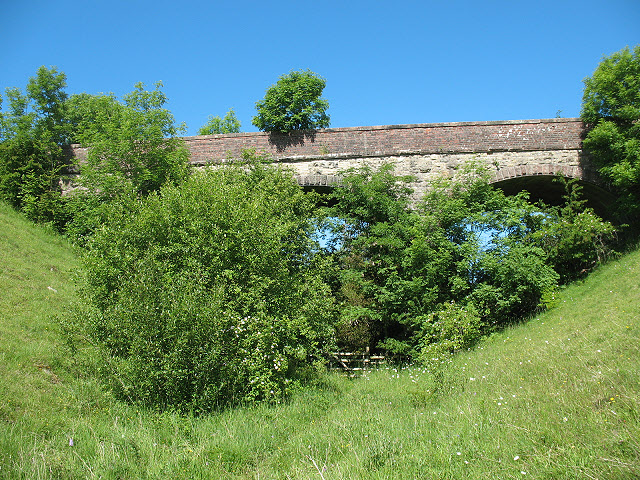
from Geograph (geograph)
Bridge over dismantled railway, Waitby Greenriggs
Pinned by Simon Cotterill

from https://historicengland.org.u…
Waitby Castle enclosed Romano-British settlement and part of a medieval dyke
- "...The monument includes the earthworks and buried remains of Waitby Castle enclosed Romano-British settlement together with a length of medieval dyke. Waitby Castle is an oval-shaped hilltop enclosure situated on …
Added by
Simon Cotterill

from https://historicengland.org.u…
Waitby medieval village, part of associated open field system, and site of an associated chapel - List Entry
- "....The monument includes the earthworks and buried remains of the northern and western parts of Waitby medieval village together with two separate areas of its associated medieval open field system …
Added by
Simon Cotterill

from https://historicengland.org.u…
WAITBY AND SMARDALE SCHOOL
- "School, now store. Dated 1867, and built to replace a school established in 1660, now with minor C20 alterations. Rubble stone walling with quoins, and dressings to openings. ....Inscribed tablet …
Added by
Simon Cotterill

from https://historicengland.org.u…
WAITBY FARMHOUSE - List Entry
- "House with 1690 datestone, but probably largely C18. Rendered rubble. Graduated slate roofs with kneelers; mid and east-end stone chimneys. Double pile plan of 2 storeys and 5 (irregular) bays.....with …
Added by
Simon Cotterill
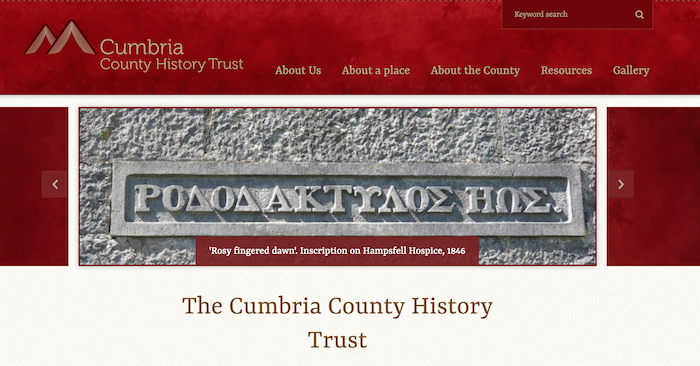
from https://www.cumbriacountyhist…
Waitby
- "Township in Kirkby Stephen parish, East ward, Westmorland. CP enlarged by absorbing Smardale CP 1894.....Population:
in range 40-60 across 19th century, rising as result of railway construction to peak of …
Added by
Simon Cotterill


from Geograph (geograph)
Bridge over dismantled railway, Waitby Greenriggs
Pinned by Simon Cotterill

from https://historicengland.org.u…
Waitby Castle enclosed Romano-British settlement and part of a medieval dyke
- "...The monument includes the earthworks and buried remains of Waitby Castle enclosed Romano-British settlement together with a length of medieval dyke. Waitby Castle is an oval-shaped hilltop enclosure situated on …
Added by
Simon Cotterill

from https://historicengland.org.u…
Waitby medieval village, part of associated open field system, and site of an associated chapel - List Entry
- "....The monument includes the earthworks and buried remains of the northern and western parts of Waitby medieval village together with two separate areas of its associated medieval open field system …
Added by
Simon Cotterill

from https://historicengland.org.u…
WAITBY AND SMARDALE SCHOOL
- "School, now store. Dated 1867, and built to replace a school established in 1660, now with minor C20 alterations. Rubble stone walling with quoins, and dressings to openings. ....Inscribed tablet …
Added by
Simon Cotterill

from https://historicengland.org.u…
WAITBY FARMHOUSE - List Entry
- "House with 1690 datestone, but probably largely C18. Rendered rubble. Graduated slate roofs with kneelers; mid and east-end stone chimneys. Double pile plan of 2 storeys and 5 (irregular) bays.....with …
Added by
Simon Cotterill

from https://www.cumbriacountyhist…
Waitby
- "Township in Kirkby Stephen parish, East ward, Westmorland. CP enlarged by absorbing Smardale CP 1894.....Population:
in range 40-60 across 19th century, rising as result of railway construction to peak of …
Added by
Simon Cotterill
